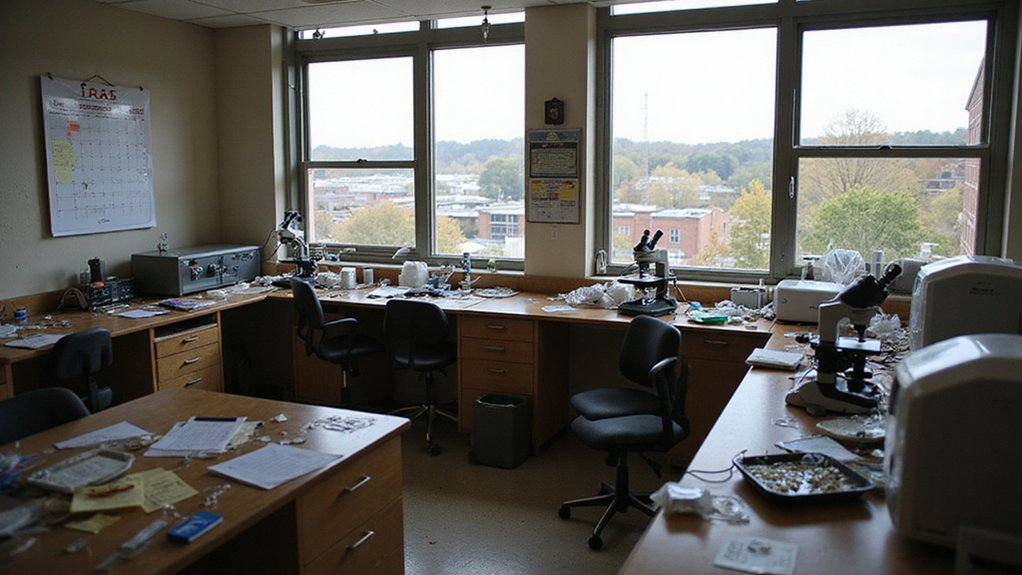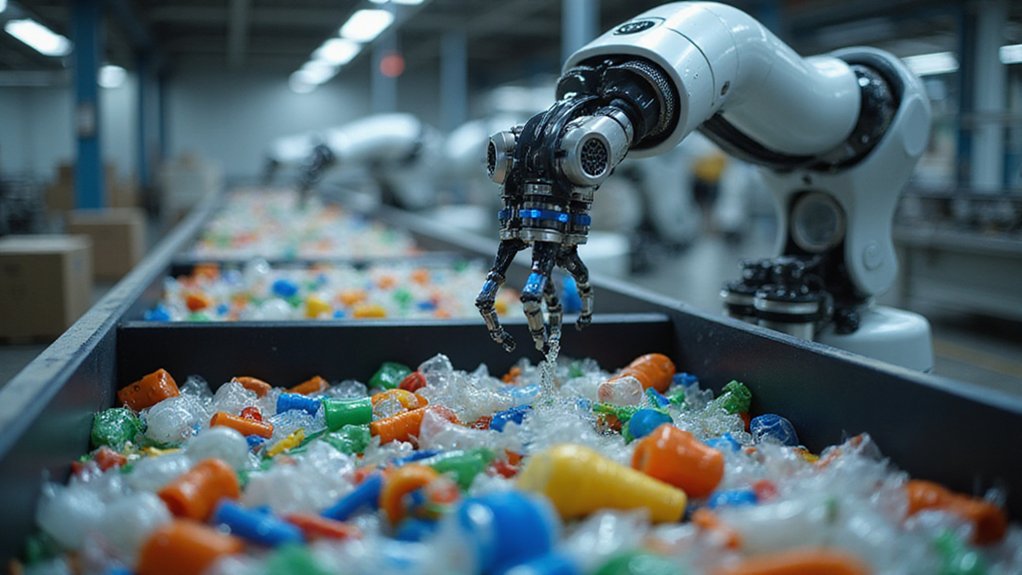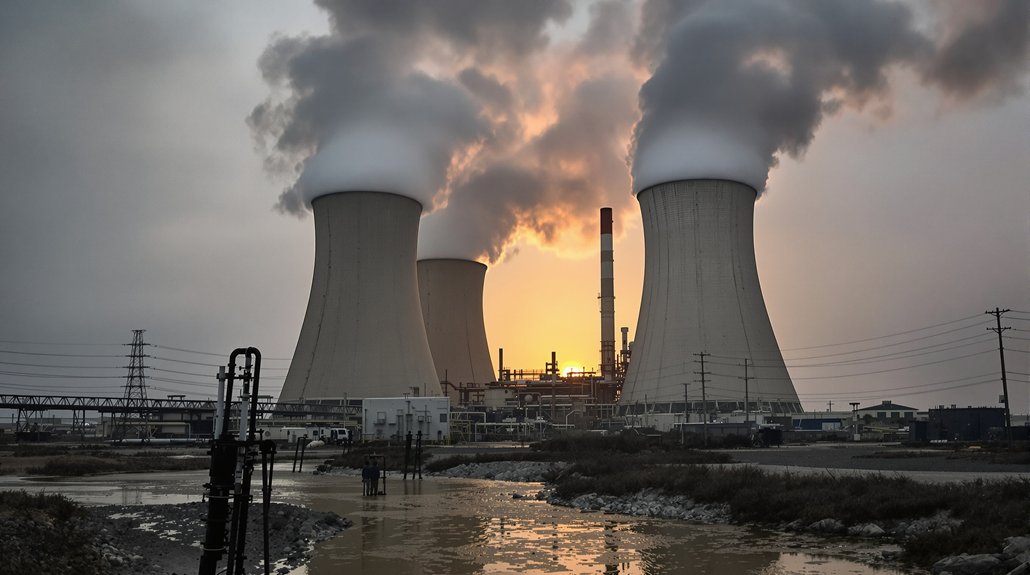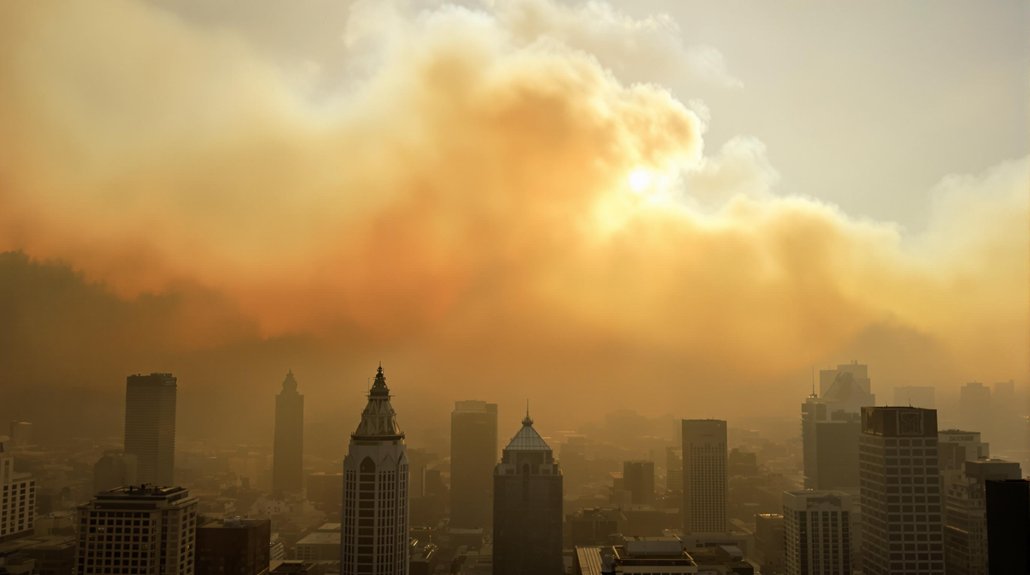The Environmental Protection Agency is dismantling its scientific backbone. The Office of Research and Development (ORD), the agency’s central scientific arm, is being abolished as part of a sweeping restructuring that will slash the EPA’s workforce to Reagan-era levels.
Scientists are freaking out. And for good reason. Between 50% and 75% of ORD’s 1,540 positions will vanish. The rest? Reassigned. Some employees are getting just 30 days’ notice instead of the standard 60. Talk about a rushed goodbye.
Scientists are in panic mode as thousands of EPA research positions evaporate overnight, with barely time to clear their desks.
The cuts hit Research Triangle Park in North Carolina particularly hard. Nearly 600 jobs—almost half the campus’s workforce—are on the chopping block. Scientists with decades of expertise in chemicals, bioinformatics, and pollution are suddenly expendable. Go figure.
It’s all part of a broader gutting. EPA funding is being slashed by up to 65%, with the White House proposing a 55% budget cut for fiscal year 2026. The changes, announced by Administrator Lee Zeldin in a video message, align with the administration’s government-slashing objectives. Total staff will plummet from over 15,000 to around 12,000 or fewer. Meanwhile, the administration has launched 31 major deregulation actions. Coincidence? Yeah, right.
Officials claim they’re “elevating research efforts” by creating a new Office of Applied Science and Environmental Solutions. They’re also establishing an Office of State Air Partnerships to speed up permits.
What they’re really doing is scattering scientific expertise across “program offices” instead of keeping it independent. About 130 scientific staff will be transferred to the Office of Chemical Safety and Pollution Prevention. The agency insists this is fine. Scientists disagree.
The consequences? Pretty obvious. Without solid scientific research, regulatory standards for pollutants and hazardous chemicals become harder to establish. Public health protections weaken. Self-regulation by industry increases as scientific oversight disappears.
The Union of Concerned Scientists warns that environmental enforcement will suffer, putting communities at greater risk from pollution and unsafe chemicals. This restructuring represents a significant benefit to polluting industries at the expense of public health. Marginalized populations already facing environmental threats will be hit hardest. But hey, at least someone’s saving money.
References
- https://www.eenews.net/articles/epa-to-cut-staff-and-dissolve-research-office-zeldin-says/
- https://ross.house.gov/2025/3/politics-government-trump-administration-aims-to-gut-epa-science-office-threatening-hundreds-of-rtp-jobs
- https://www.ucs.org/about/news/epa-may-abolish-its-scientific-research-arm
- https://subscriber.politicopro.com/article/eenews/2025/07/18/epa-announces-layoffs-00463378
- https://www.epa.gov/newsreleases/epa-launches-biggest-deregulatory-action-us-history








